How to prioritise your marketing activities
Transcript
Welcome back, it’s me again, Tam, the in-house growth marketer at Webprofits.
You may remember in my last video I talked about how growth marketing helped us grow our monthly lead volume by 150%.
Well, this month I’m going to be digging deeper into one of those changes, and sharing how a spreadsheet and 3 easy steps streamlined the work we do and allowed us to grow fast.
I’ve worked in a number of fast-growing businesses and there’s been one thing that’s consistent in all of them.
There’s a lot of work to be done, and you’re constantly trying to do it as fast as possible.
One solution that I like is an I.C.E. or ICE spreadsheet, which you’ll be familiar with if you’ve read Hacking Growth by Sean Ellis.
As a side note – If you haven’t read it yet, then I highly recommend you do.
It shares the methodology that companies like Airbnb, Dropbox and Facebook used to grow so quickly, and is a must-read for any business owner or marketer.
Anyway getting back to it, an ICE spreadsheet is a simple document that growth teams use to store and evaluate the ideas they work on, in order to set a priority for each idea and spend their time where it will get the most value.
Let’s get into the 3 steps on how to use it.
If you haven’t already done so, then the first thing to do is to a set a goal.
Remember, this goal is why you’re doing these activities in the first place so it’s important that they actually align.
The next thing to do is document all of the ideas in a spreadsheet, regardless of how big or how small, how good or how bad.
If you’re short on ideas then it’s the perfect time to sit down with your team and brainstorm new ones.
In fact, I recommend you do this every couple of months anyway, just to keep the ideas fresh.
Once you’ve collated all of the ideas, it’s time to score and prioritise them based on the ICE criteria.
Each letter in ICE stands for a different criteria that is used to evaluate an idea.
Every idea needs to have an impact towards your goal, and that’s what I stands for – Impact.
The bigger the potential impact of the idea, the higher it’s score will be for I.
This is important as many ideas are actually good, and will get you closer to your goal, but once implemented you realise that the effect it has on getting you to your goal is relatively small.
You need to be confident that your ideas will work, that’s why C is for confidence – The more confident you are that your idea will have the desired impact, the higher it’s C score will be.
This ensures that tried and tested methods are prioritised ahead of more experimental ideas.
Lastly we look at how easy the idea is to implement, so E is for ease.
Difficult ideas should still be scored, but the purpose of a growth team is to drive growth fast, so the easier an idea is to implement, the higher its score.
Traditionally these criteria are scored between 1 and 10, but for the sake of efficiency and clarity, I actually recommend 1-5.
The scores are really designed to help guide your decision making, and while you should be objective in evaluating the ideas it doesn’t make sense to spend too much time thinking about whether something is a 6 or a 7.
Keeping the score between 1-5 allows for faster decision making, which is why we’re doing this in the first place.
Once each criteria has been scored you add them up to get a total score out of 15.
The higher the score, the more priority that task should have.
Low scoring tasks should still be done when you get round to them, but only when the higher scoring tasks are depleted.
In our team we hardly ever get round to tasks with a total score lower than 7 before we meet again to come up with more ideas, but all our ideas are still recorded and the scoring is revisited every so often to see if anything has changed.
Implementing an ICE sheet in your growth team will give you two key benefits.
Firstly, the focus and direction it brings should help you reach your goal a lot faster.
Secondly, it will give you some headspace by not having to worry about what to work on next, that gives you more clarity to come up with even better ideas.
I’ll be sharing a Google Sheets template of an ICE spreadsheet in the comments or description of this video so feel free to make a copy and use it in your team.
And if you have any questions then feel free to leave a comment of your own.
Thanks for watching, and I’ll be back soon with more.





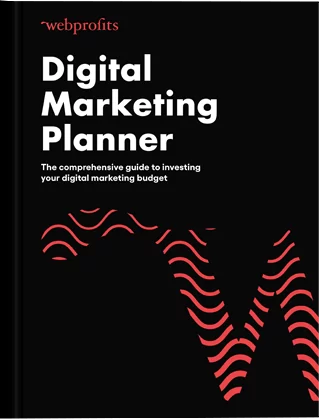
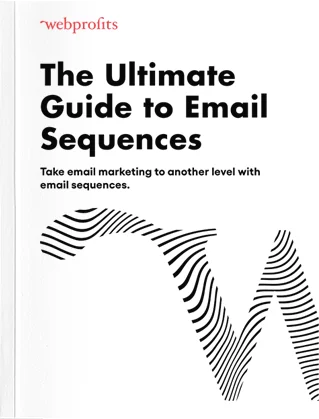
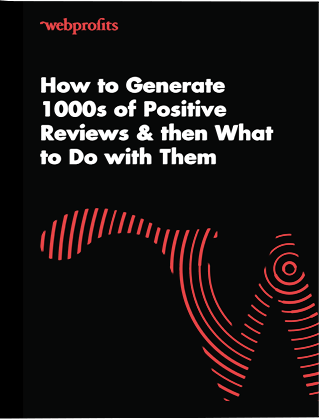
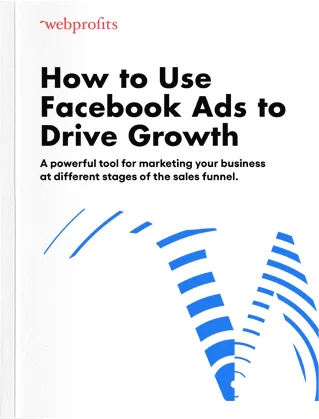
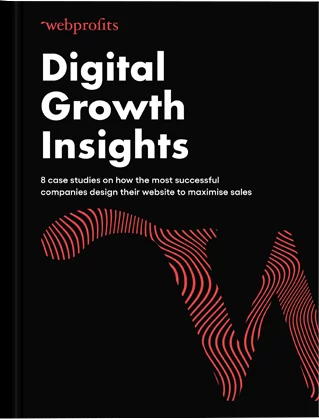
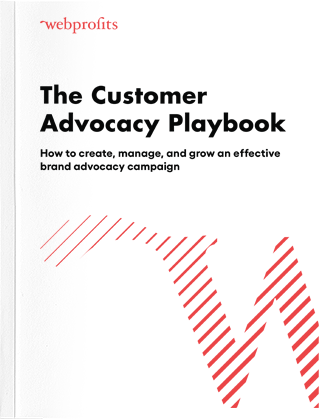


Hi Tam,
Great piece, enjoyed it thoroughly! Couldn’t locate your ICE Spreadsheet here, do you mind sending me a copy to [email protected]? Many thanks in advance – keep up the awesome work! regards, Nick
Thanks Nick, glad you enjoyed it. Sorry, our comment with a link to the sheet must have not copied over when we moved our blog, you can find it here: https://wprof.it/ice